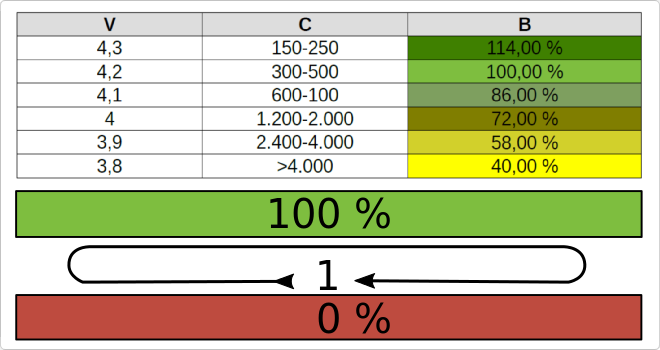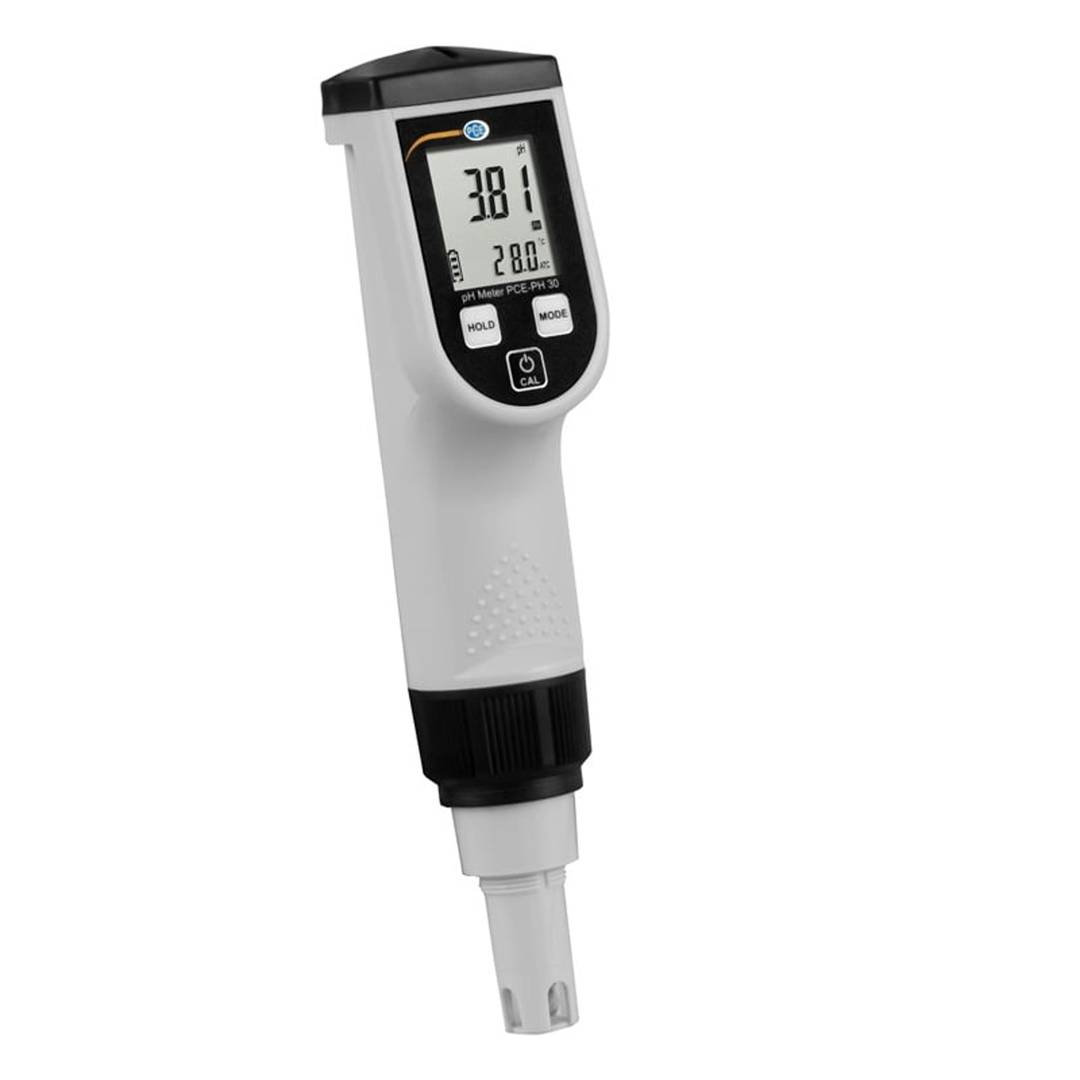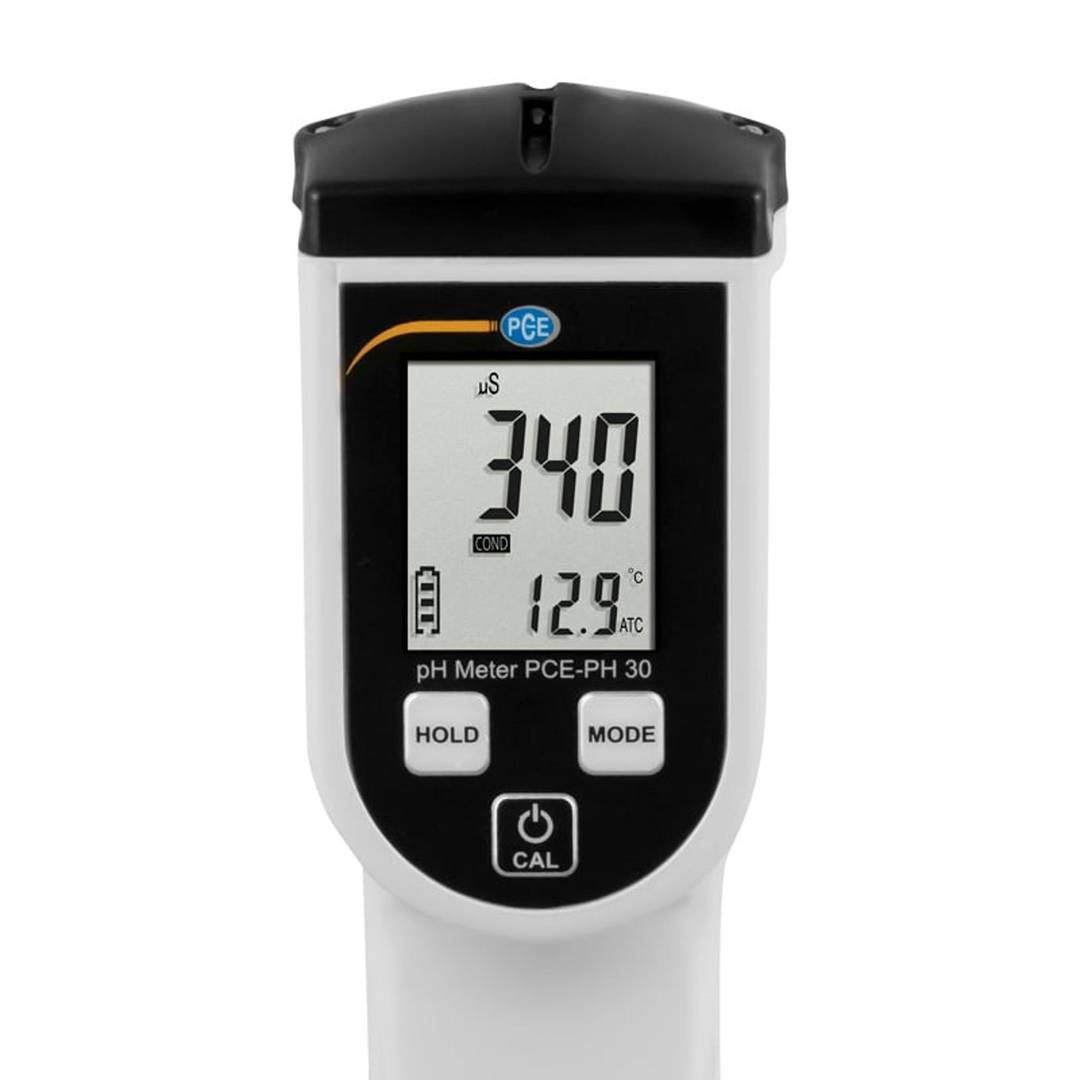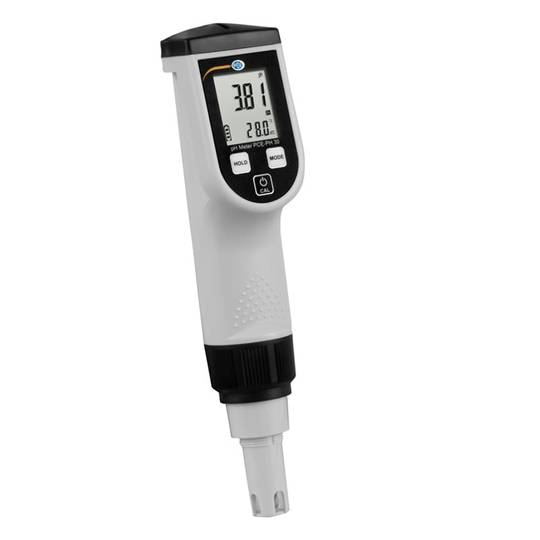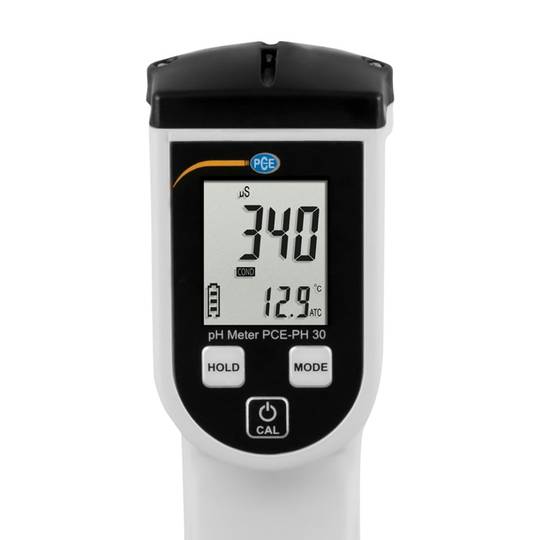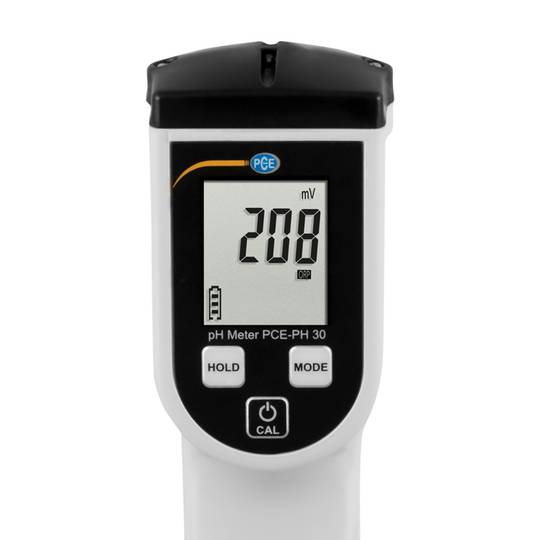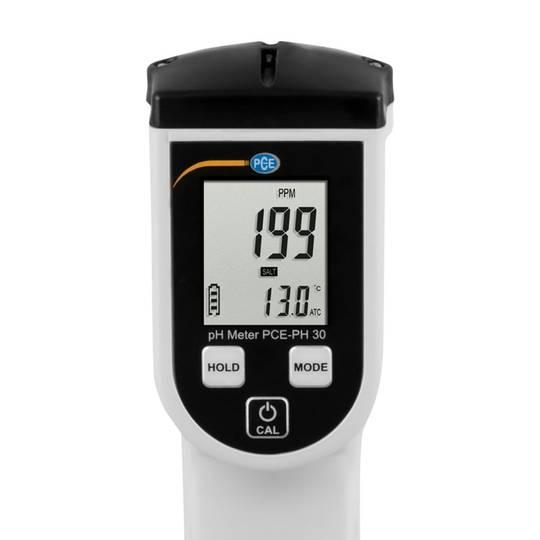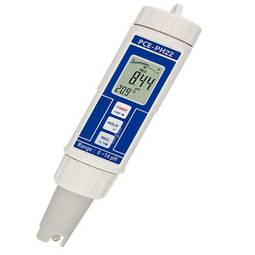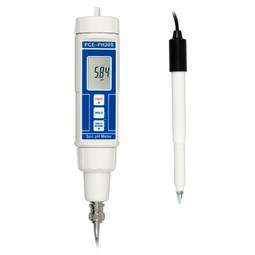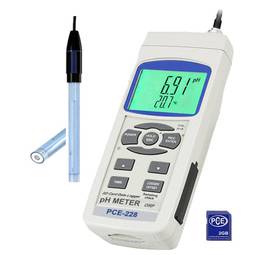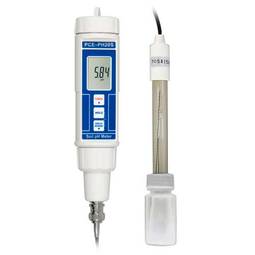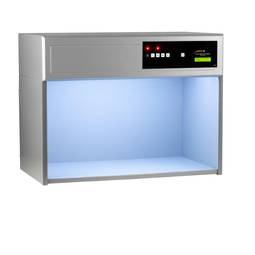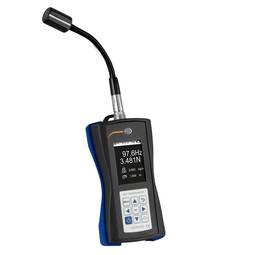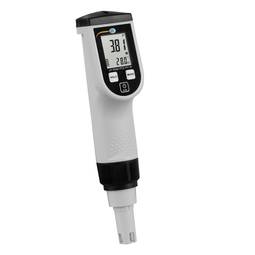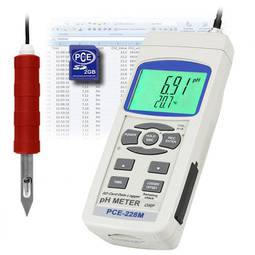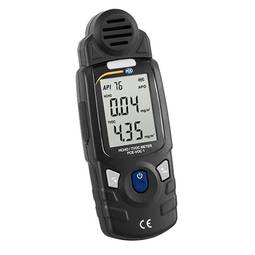12/28/2025 11:25 a.m.
https://cablematic.com/en/products/pce-ph-30-conductivity-meter-PC422/
https://cablematic.com/en/products/pce-ph-30-conductivity-meter-PC422/
PCE-PH 30 conductivity meter
REF: PC422
Specifications
- Measure water parameters such as pH, conductivity, Redox potential and temperature.
- 3-point calibration for accurate measurement.
- Automatic temperature compensation up to 90 ºC.
- Easy to read LCD screen.
- Pocket format for optimal portability.
PVP
€213.40
Price including VAT:
€213.40
PVD
€200.10
PVP: Retail price.
Check conditions.
PVP: Sale price to distributors.
Check conditions.
6 business days
The delivery times are approximate and may vary depending on the selected carrier.
warranty
returns
safe
Specifications
- Measure water parameters such as pH, conductivity, Redox potential and temperature.
- 3-point calibration for accurate measurement.
- Automatic temperature compensation up to 90 ºC.
- Easy to read LCD screen.
- Pocket format for optimal portability.
More info
The conductivity meter has a compact housing and is easy to transport. The case is resistant to water and shocks. It is powered by a 9 V battery, which means that it does not need cables for its use. It is a portable, easy-to-use device with an LCD display, which can be used to measure pH, conductivity, Redox potential, and temperature. It offers interchangeable sensors, 3-point calibration, and automatic temperature compensation. It is designed to withstand water and shock, and is powered by a 9 V battery. Manufactured by PCE with reference PCE-PH 30.
Specifications
- Measure water parameters such as pH, conductivity, Redox potential and temperature.
- 3-point calibration for accurate measurement.
- Automatic temperature compensation up to 90 ºC.
- Easy to read LCD screen.
- Pocket format for optimal portability.
- Interchangeable sensors for accurate measurement.
- White color.
- Compatibilities: the sensors can be connected to any device for measuring water parameters.
- Gross Weight: 761 g
- Number of packages: 1
Technical terms
- Battery charging cycles
Battery charging cycles
When calculating the life of a battery it will be necessary to know the number of charge cycles that can be performed until the battery does not begin to lose its capacity.
Depending on the type of battery these charging cycles can vary, the most common being the mobile batteries, manufactured Li-Ion or Li-Po, which have a duration of between 300 and 500 charging cycles according to model and manufacturer.
Once thisE limit we will notice how the battery loses duration of operation, arriving to lose up to 25% of its capacity of load.
At this point it will be necessary to evaluate a battery change.
It should be noted that usage and charging habits can significantly affect battery life. For example, factors such as heat, charge the battery several times a day without it is almost exhausted, etc. Will be affectedits duration.
Therefore, to get the most out of the battery we must know when a full charge cycle is performed, and try to avoid misuse of charge, to increase its useful life.
A charging cycle is considered when the battery has been discharged or its 100% charge has been used.
The manufacturers advise that the charge is never made below the 58% battery, since the battery voltage would not fall so lowTo, so you could end up winning up to 4000 charge cycles.
Tips to increase the life of a battery.
Depending on the type of battery these charging cycles can vary, the most common being the mobile batteries, manufactured Li-Ion or Li-Po, which have a duration of between 300 and 500 charging cycles according to model and manufacturer.
Once thisE limit we will notice how the battery loses duration of operation, arriving to lose up to 25% of its capacity of load.
At this point it will be necessary to evaluate a battery change.
It should be noted that usage and charging habits can significantly affect battery life. For example, factors such as heat, charge the battery several times a day without it is almost exhausted, etc. Will be affectedits duration.
Therefore, to get the most out of the battery we must know when a full charge cycle is performed, and try to avoid misuse of charge, to increase its useful life.
A charging cycle is considered when the battery has been discharged or its 100% charge has been used.
The manufacturers advise that the charge is never made below the 58% battery, since the battery voltage would not fall so lowTo, so you could end up winning up to 4000 charge cycles.
Tips to increase the life of a battery.
- Avoid extreme heat or cold or very long applications of the device.
- Charge the battery as often as you can.
- Fully discharge the battery from time to time.
- Do not let the battery run out completely before charging.
